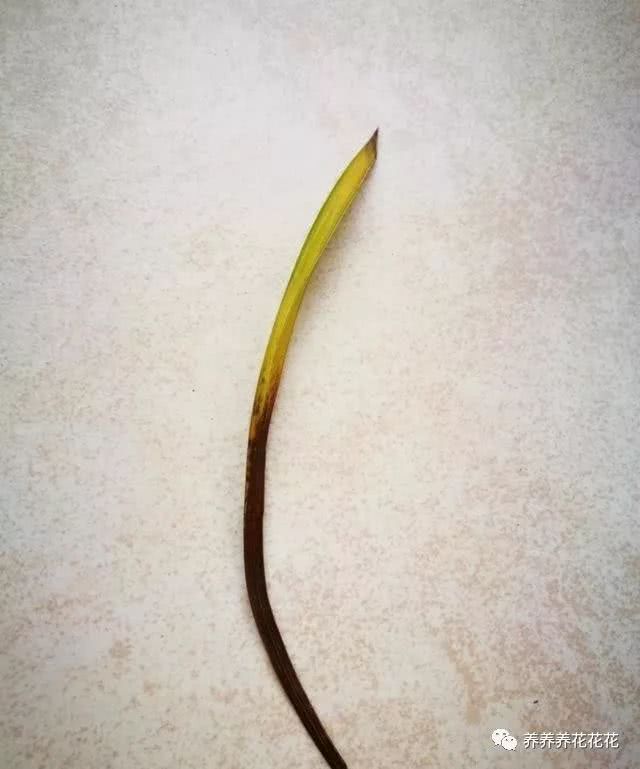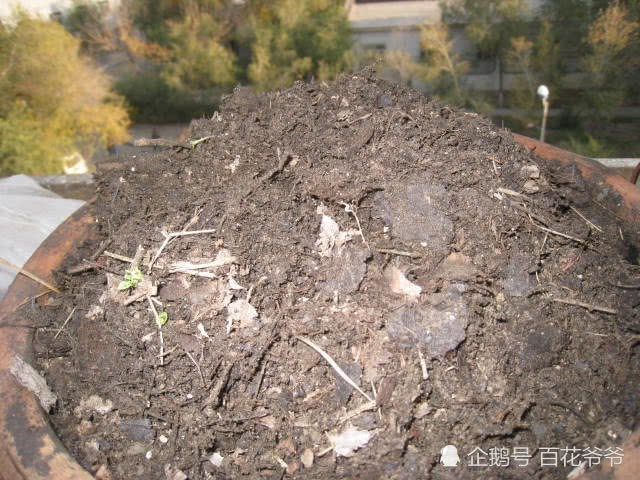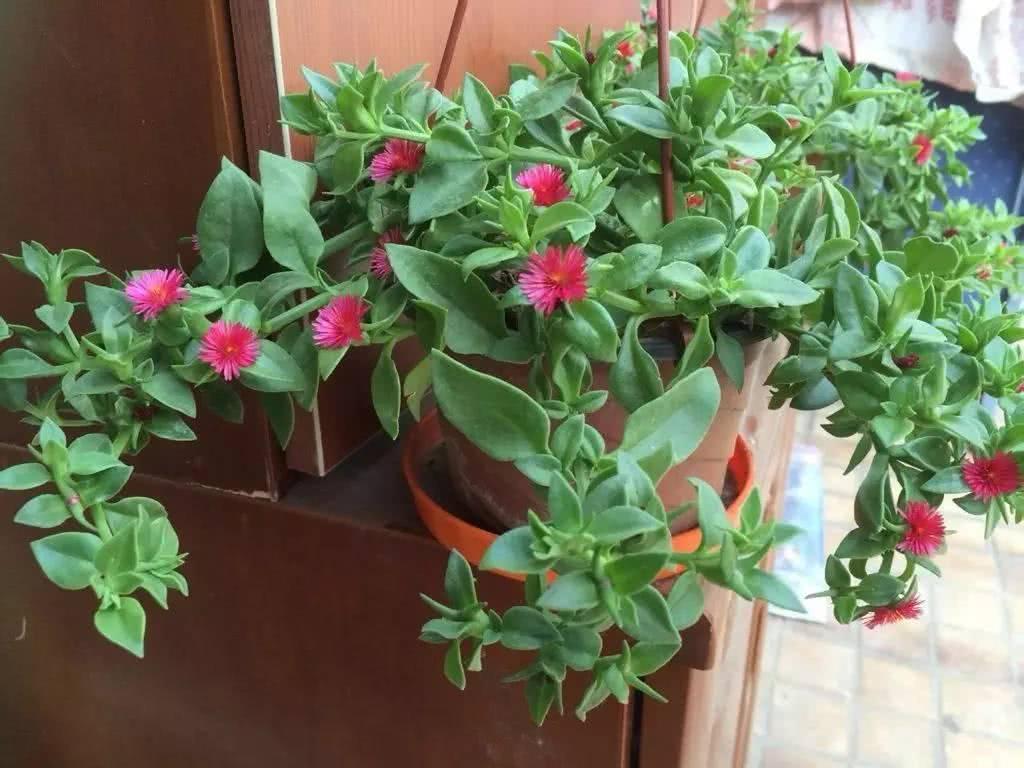The orchid leaves blacken and wither from the roots. There are three reasons why the orchid leaves can be treated in this way.

There are usually three cases in which the leaves of orchids turn black and wither from the roots. First, natural degradation. Second, leaf blight. Third, stem rot.
First, natural degradation. In our cultivated orchids, the leaves on each false bulb have their own lifespan. Some people say it is three years, and some friends say five years. This may be different from the congenital factors of orchids, the different growth conditions of the acquired north and south regions, and the different roles of the outside world. Under normal circumstances, for orchids of the same variety, growing in areas with higher temperatures, the life span of each leaf may be three years, while that of orchids growing in lower temperature areas may be five years. Therefore, the leaves of orchids will degenerate at a certain age, just like people. If the growth conditions are suitable, it may be maintained for a little more time, if the growth conditions are not suitable for its growth, then the life span of each leaf will be greatly reduced. This leads to the phenomenon that the leaves of old orchid seedlings often wither and degenerate.
Second, leaf blight. In daily management, no matter how carefully we manage, it is inevitable that germs will invade us. Orchid leaf blight is also a common disease in orchid plants. It is mainly due to the pathogen infecting the leaves of the plant, the leaves gradually yellowed and withered from the apex, and then fell off automatically from the leaf node touch when the whole leaf was yellowed to a certain extent. There are also some orchid varieties whose leaf nodes are not obvious, so they will not form an detachment layer and will not fall off automatically. For this plant infected by leaf blight, the lower pseudobulbs are usually unspoiled. As long as these false bulbs keep enough water, the bulbs are bright green and full. In the future, when changing the pot and ramet, it can be cut off and replanted, and it can be cultivated into a new plant.
Third, stem rot. Stem rot is often caused by human mismanagement. For example: excessive watering, often foliar spray, poor ventilation, improper use of medicine and fertilizer, and sometimes even the wrong watering time will cause stem rot. Stem rot often appears on the false bulb first, and then gradually spreads to the leaves and roots. When we found that the leaves of the plant were yellowed and atrophied, its underground pseudobulbs were blackened and stained with water, but sometimes the roots were indeed intact. Once this happens, the false bulbs of this plant, and even those of several plants, will blacken and rot, which is basically hopeless. Therefore, in the daily management, we must master the supply of water, fertilizer, ventilation and so on, do a good job of prevention, and should not be taken lightly. When the symptoms appear, it is irreparable.
The leaves of orchids turn black and wither from their roots for three reasons. Only in this way can they be well nourished. These three points must be kept in mind.
Like to cultivate flowers and follow the official account: raise flowers (hcqzj521) more knowledge of flower cultivation is waiting for you
- Prev

Grandpa Hua taught you to make acid soil camellias and gardenias with dozens of yellow leaves as soon as they bloom.
Recently, I have been recommending what kind of flowers to grow in summer. Or what are the flowers suitable for summer cuttage? Almost overlooked the most important point, want to raise good flowers, in addition to the correct maintenance posture, soil is also very important, today.
- Next

The more you cultivate these plants, the more you must control your own hands.
Recently, many novice babies often complain to me that their carefully cultivated plants, I don't know what's going on, they go directly to the immortals, basically you spoil the plants too much, in fact, some plants basically don't need to be carefully raised...
Related
- Wuhan Hospital Iron Tree Blooming Result Was Instantly Frightened by the Gardener Master
- Which variety of camellia is the most fragrant and best? Which one do you like best?
- What is the small blue coat, the breeding methods and matters needing attention of the succulent plant
- Dormancy time and maintenance management of succulent plants during dormancy
- Minas succulent how to raise, Minas succulent plant pictures
- What are the varieties of winter succulent plants
- How to raise succulent plants in twelve rolls? let's take a look at some experience of breeding twelve rolls.
- Attention should be paid to water control for succulent plants during dormant period (winter and summer)
- Watering experience of twelve rolls of succulent plants
- Techniques for fertilizing succulent plants. An article will let you know how to fertilize succulent plants.

